UnderstandingMagnetostrictioninLevelMeasurementDevices
The Fundamental Principle of Magnetostriction
Magnetostriction represents a unique physical phenomenon where ferromagnetic materials change their shape or dimensions when exposed to a magnetic field. This principle forms the foundation of highly accurate level measurement devices used across various industries. When a magnetic field interacts with these specialized materials, they undergo minute mechanical deformations that can be precisely measured and converted into reliable level data. This physical effect occurs almost instantaneously, allowing for real-time monitoring of liquid levels in tanks and vessels.
How Magnetostrictive Level Transmitters Operate
Magnetostrictive level transmitters employ a sophisticated yet straightforward operating mechanism. The system consists of a sensor tube containing a magnetostrictive wire, a float containing permanent magnets that moves with the liquid level, and an electronic interrogation unit. When current pulses are sent through the wire, they generate a circular magnetic field that interacts with the magnetic field from the float-mounted magnet. This interaction creates a torsional stress wave that travels along the wire at ultrasonic speeds, enabling precise position detection of the float.
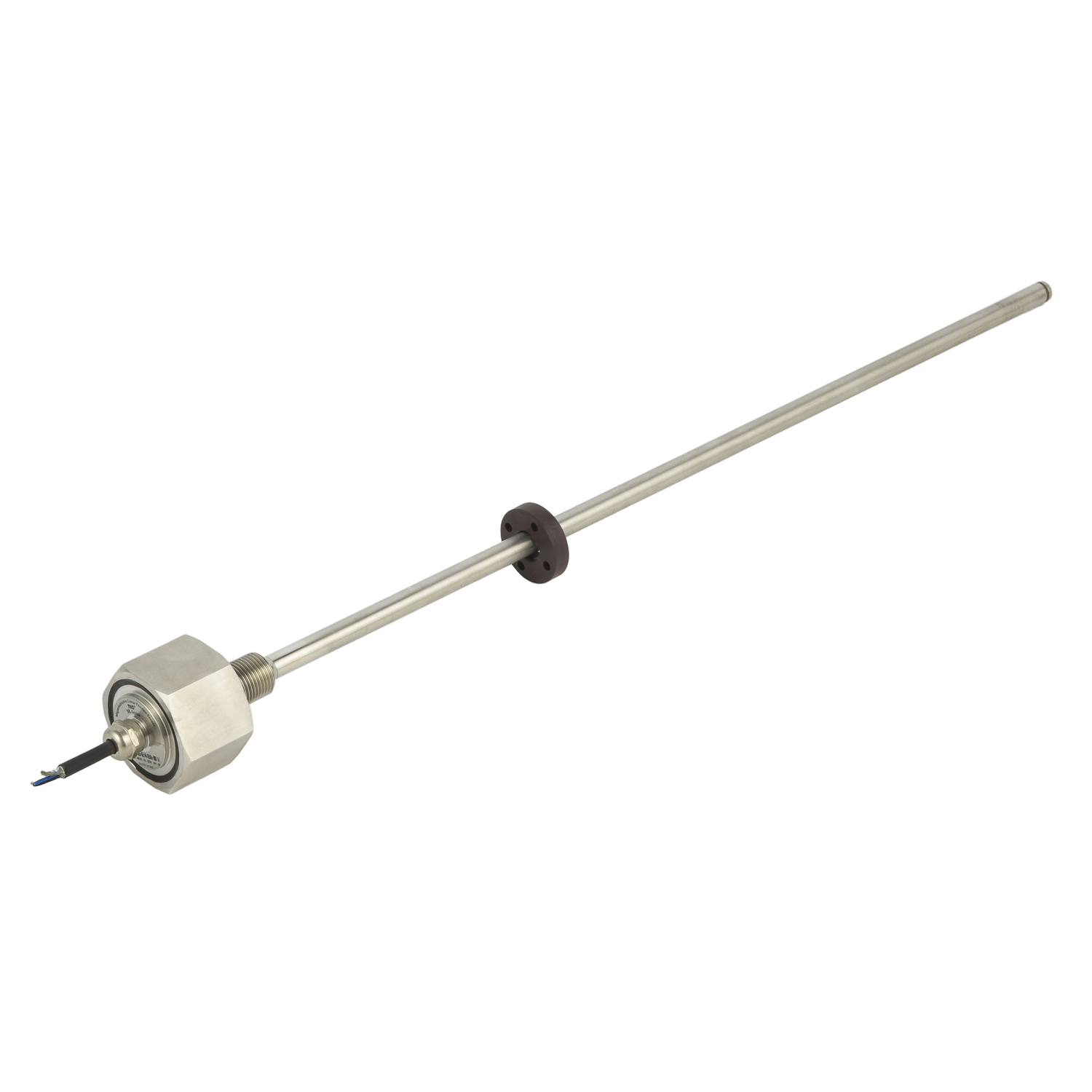
Waveguide Technology and Signal Processing
The waveguide tube serves as the critical component in magnetostrictive measurement systems. This specialized tube contains the magnetostrictive wire that acts as both the trigger and receiver of positional information. As the torsional wave propagates along the waveguide, sophisticated electronics measure the time difference between the initial current pulse and the returning wave. This time measurement is then converted into an exact distance calculation, providing highly accurate level readings with resolutions typically within millimeters.
Key Components and Their Functions
Magnetostrictive level measurement devices incorporate several essential components working in harmony. The float, designed for specific gravity compatibility with the measured liquid, houses powerful permanent magnets. The waveguide assembly contains the magnetostrictive element that generates the measurable torsional wave. The electronics module processes signals and converts time measurements into standardized output signals. Additionally, the housing provides protection against environmental factors and process conditions, ensuring long-term reliability.
Advantages Over Other Measurement Technologies
Magnetostriction technology offers distinct advantages that make it superior for many level measurement applications. These systems provide exceptional accuracy and repeatability, often achieving ±0.05% of full-scale measurements. They maintain continuous level monitoring without physical contact with the medium, reducing maintenance requirements. The non-contact measurement principle eliminates mechanical wear components, while the robust construction ensures reliable performance even in challenging industrial environments with temperature variations and pressure fluctuations.
Industrial Applications and Use Cases
Magnetostrictive level sensors find applications across numerous industries due to their versatility and reliability. In chemical processing plants, they accurately measure various liquids and interfaces between immiscible fluids. The oil and gas industry utilizes them for tank farm inventory management and custody transfer applications. Power generation facilities employ these sensors for fuel oil and chemical tank monitoring. Additionally, they serve critical functions in pharmaceutical manufacturing, food and beverage processing, and water treatment facilities where precise level control is essential.
Installation Considerations and Best Practices
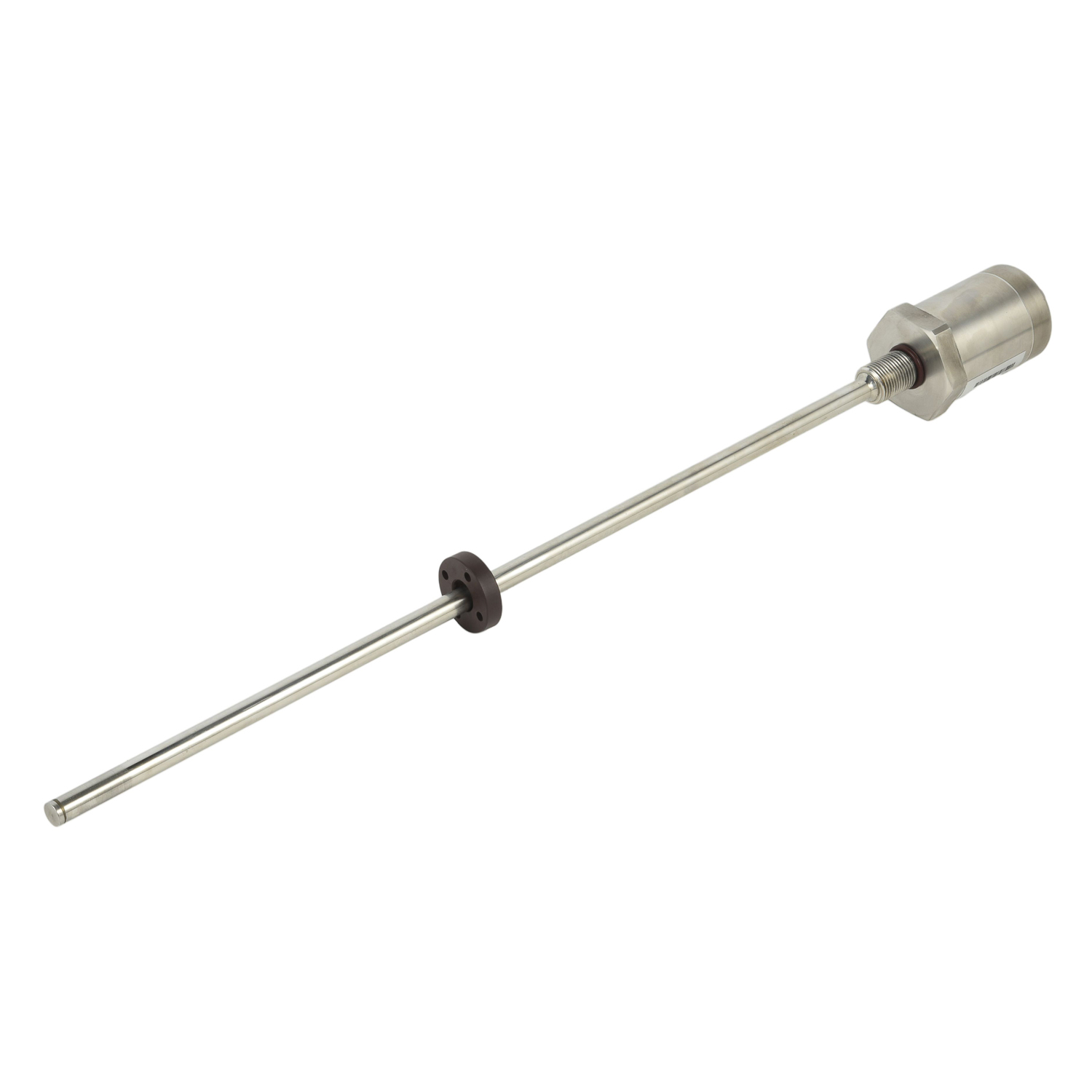
Proper installation significantly impacts the performance and longevity of magnetostrictive level measurement systems. Installers must consider factors such as tank geometry, connection types, and process connections to ensure optimal performance. The sensor should be positioned away from internal obstructions and agitation sources that could affect float movement. For interface measurement applications, careful float selection based on specific gravities of both liquids is crucial. Regular calibration verification and maintenance checks help maintain measurement accuracy over extended operational periods.
Troubleshooting Common Operational Issues
Even with their robust design, magnetostrictive level transmitters may occasionally experience operational challenges. Common issues include signal fluctuations often caused by air bubbles or turbulence in the measured liquid. Float sticking can occur due to material buildup or viscosity changes in the process medium. Electronic failures might result from power surges or extreme environmental conditions. Understanding these potential problems and implementing preventive maintenance schedules helps minimize downtime and ensures continuous reliable operation of the measurement system.
Future Developments in Magnetostriction Technology
The evolution of magnetostriction technology continues to address emerging industrial needs. Recent advancements include the development of compact designs for space-constrained applications and enhanced digital communication capabilities through protocols like HART, Foundation Fieldbus, and Profibus PA. Improved materials science has led to more durable floats and waveguides capable of withstanding corrosive and high-temperature environments. Ongoing research focuses on increasing measurement ranges while maintaining precision and developing smart diagnostics for predictive maintenance capabilities.
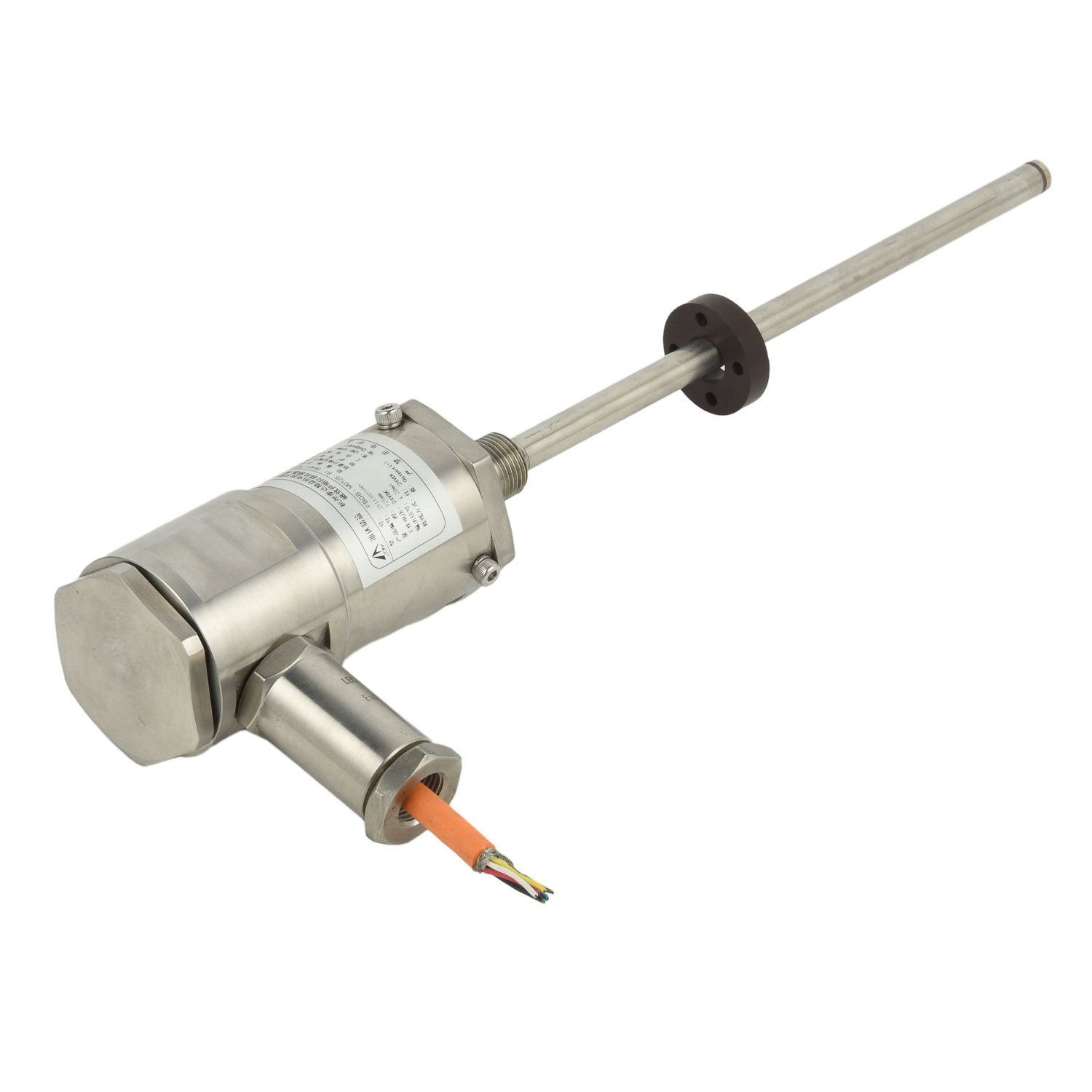 UpgradingYourLevelMeasurementS
UpgradingYourLevelMeasurementS
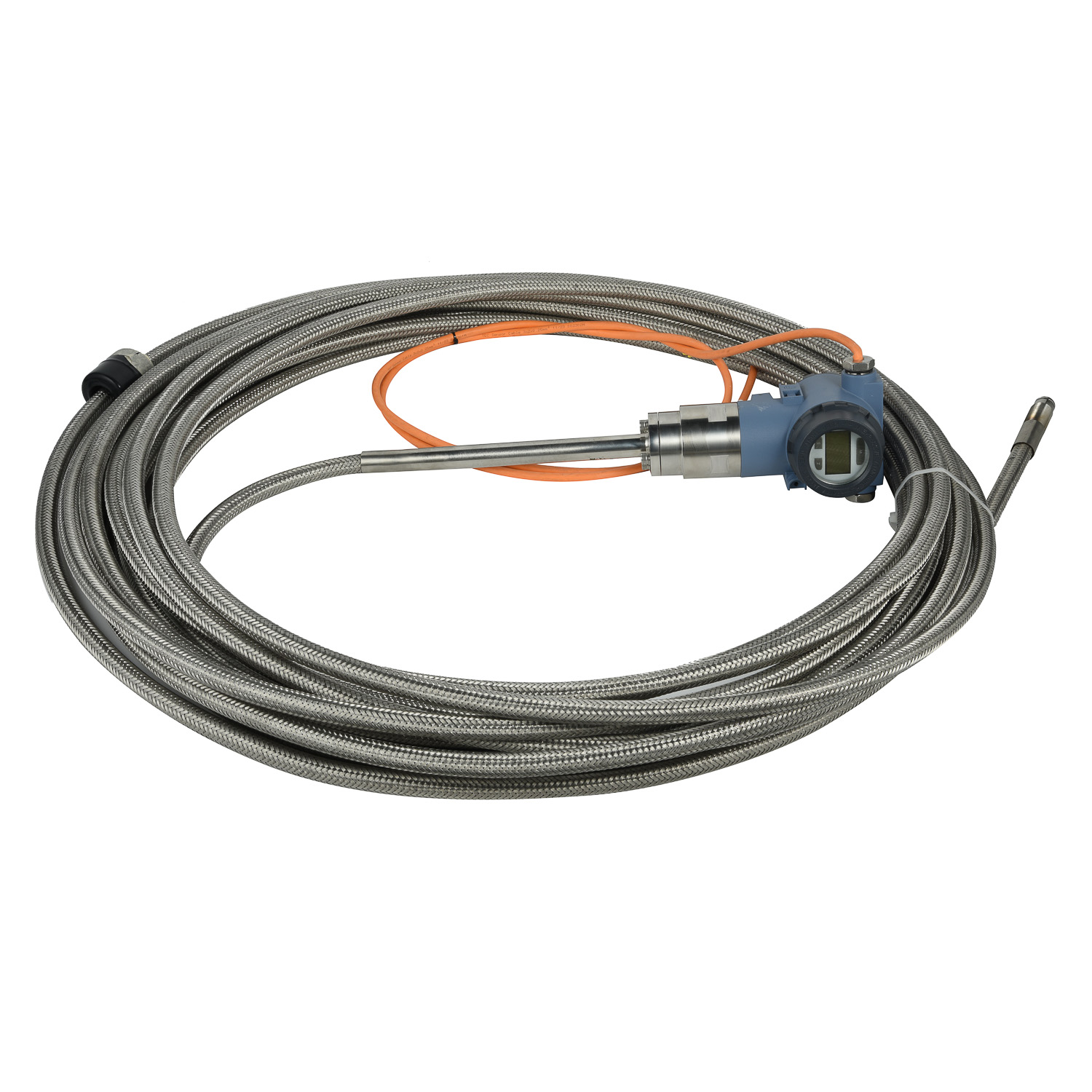 Why are magnetostrictive level
Why are magnetostrictive level
 ComparingMagnetostrictiveandRa
ComparingMagnetostrictiveandRa
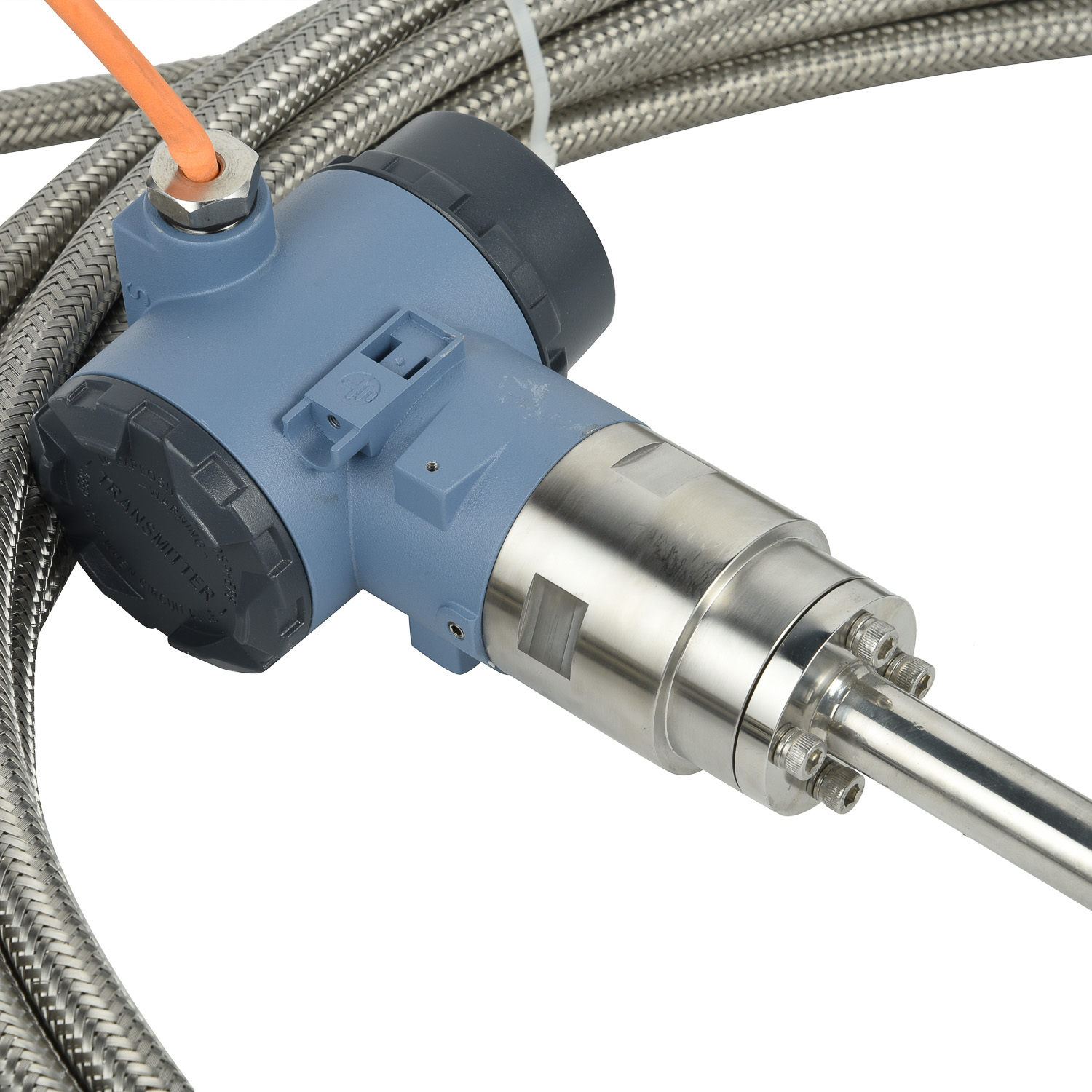 MagnetostrictiveLevelSensorfor
MagnetostrictiveLevelSensorfor
